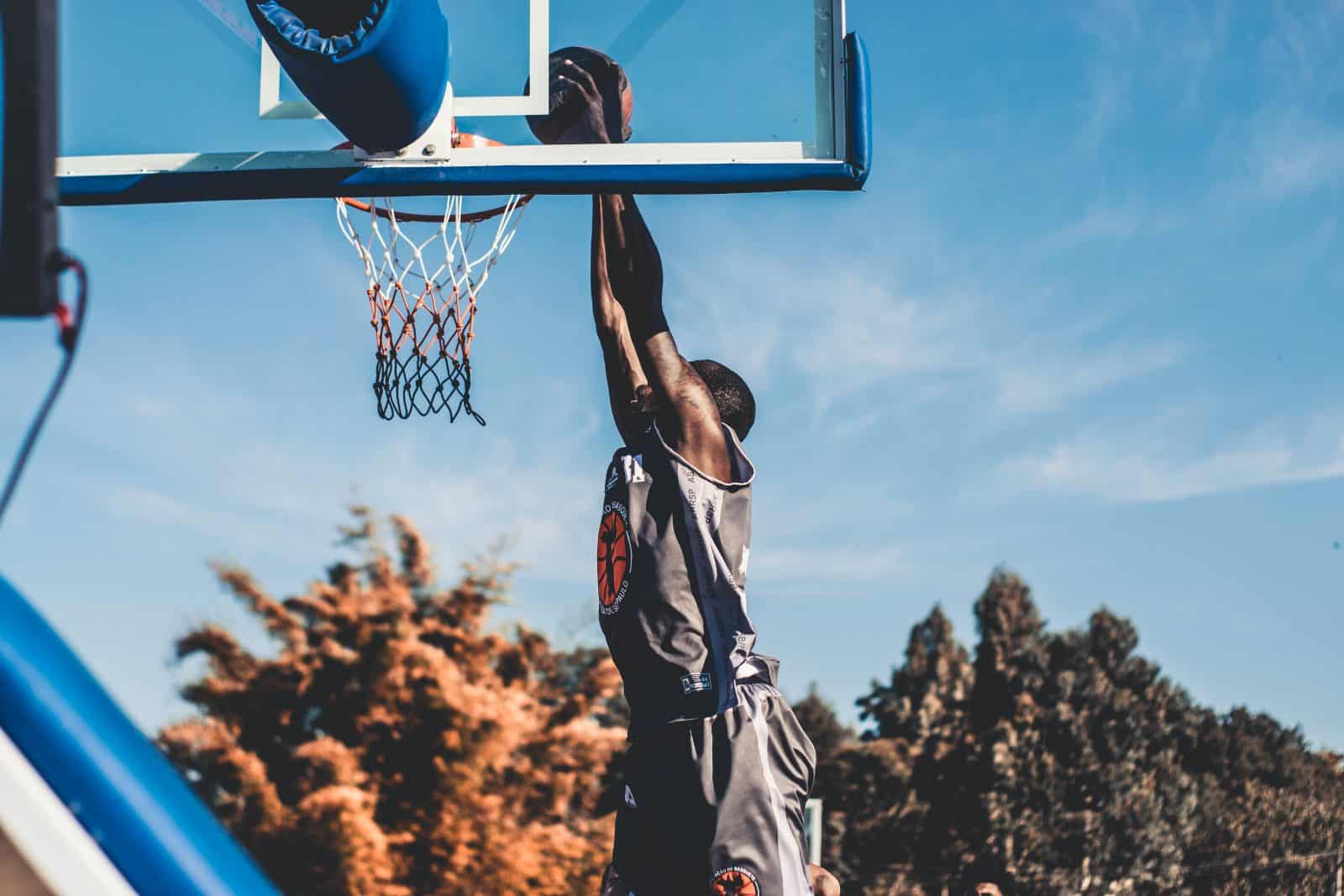No products in the cart.
Tuesday , 23 April 2024
- Home
- Featured
- Baseball
- Basketball
- E-Sports
- Football
- Hockey
- Running / Track + Field
- Racing
- Soccer
- Tennis
Recent Posts
The Legacy of Baseball’s Greatest Pitchers: Masters of the Mound
November 5, 2023Technological Innovations in Tennis: A Racket’s Journey
November 5, 2023Basketball’s High-Flyers: How the Dunk Was Popularized
November 5, 2023The Marathon: A History of Human Endurance
November 5, 2023© Copyright 2022 Jellywp. All rights reserved powered by Jellywp.com
BasketballNBA
 staffNovember 5, 20232 Mins read14 Views
staffNovember 5, 20232 Mins read14 Views
Basketball’s High-Flyers: How the Dunk Was Popularized

The slam dunk is an emblematic spectacle of basketball, a move that has captivated fans and symbolized the apex of athletic prowess. While the origins of the dunk are humble and somewhat nebulous, it was through the arenas of professional basketball that this high-flying act was popularized and became an intrinsic part of the game’s appeal.
In the early days of basketball, the dunk was a rarity, often seen as an ungentlemanly show of force, inconsistent with the sport’s more grounded roots. It was not until players like Wilt Chamberlain and Bill Russell entered the scene that the dunk became a strategic weapon. Their ability to dominate the paint was unparalleled, and the dunk was a clear assertion of this dominance.
The 1970s and 1980s saw the dunk evolve into a form of personal expression. Julius ‘Dr. J’ Erving was instrumental in this transformation. His graceful yet powerful dunks brought a sense of artistry to the game that had never been seen before. The dunk was no longer just two points—it was a statement.
It was during this period that the National Basketball Association (NBA) began to market the dunk as a key feature of its entertainment package. The introduction of the Slam Dunk Contest in 1984 provided a platform for showcasing the most creative and athletic plays above the rim. Players like Michael Jordan and Dominique Wilkins were not just athletes; they were showmen, using the dunk to dazzle spectators and assert their talent over opponents.
The 1990s and 2000s were marked by the global expansion of the NBA’s influence, and with it, the dunk became a universal language of cool, youth, and rebellion against the conventional. It was an era defined by players such as Vince Carter, whose dunks were a spectacle of human capability, inspiring a new generation to take flight.
As the dunk became a staple of basketball culture, it also influenced the development of players. From playgrounds to professional arenas, the ability to dunk became a coveted skill, driving players to become stronger, faster, and more agile. The training regimens of players started to include exercises specifically designed to improve their vertical leap and dunking ability.
Today, the dunk holds a place of honor in the annals of basketball history. It is a move that is celebrated, analyzed, and replayed in highlight reels across the world. Through the combination of raw power and balletic finesse, the dunk transcends the sport, becoming a metaphor for peak achievement and artistic expression.
In conclusion, the popularization of the dunk in basketball is a reflection of the sport’s evolution and its ability to adapt to cultural shifts. It has changed the way the game is played, watched, and perceived, turning a simple two-point shot into a canvas for human creativity and a barometer for athletic excellence. As long as basketball continues to be played, the dunk will remain a defining element of its allure, inspiring awe and aspiration in equal measure.








